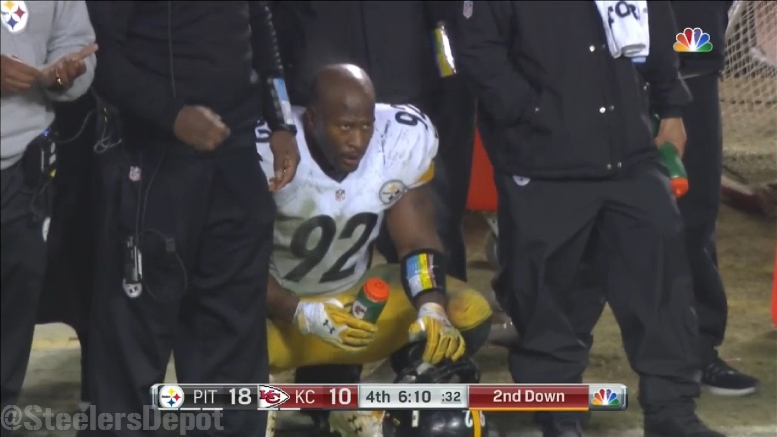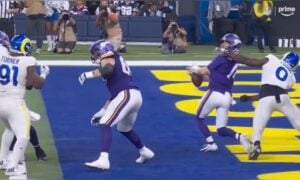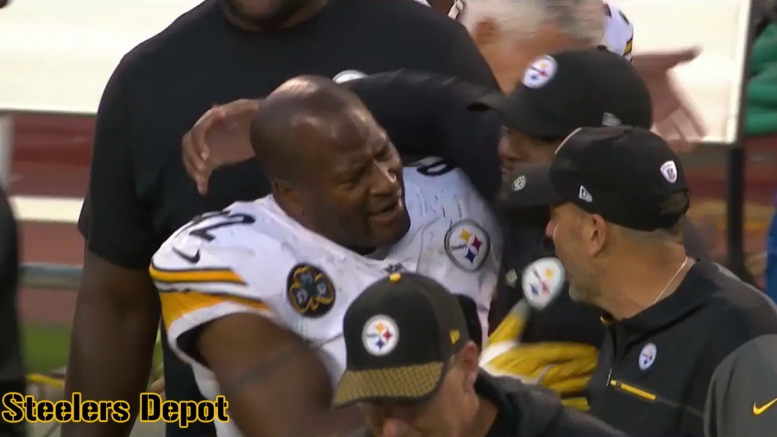The National Football League has long been able to turn a blind eye to many of its athletes’ moral and ethical indiscretions in the past. It certainly wasn’t much of an issue to avoid before the advent of social media.
It has become increasingly difficult to do so since then, but, by and large, the league has had the fortune to slowly let one incident after the other slip under the rug, with each dot wiped off the map before too many people could connect it to the others.
Make no mistake—just because there has been a recent rash of domestic violence issues involving NFL players does not suggest, by any means, that this is somehow a new problem that the league is facing.
It’s insulting to hear members of team or league ownership recently come out and and imply that there is no precedent for what is happening.
Minnesota Vikings running back Adrian Peterson was recently indicted for abusing his young child by physically disciplining him with a switch, and causing bodily harm as a result. This incident was described as “uncharted waters” for the league—it’s not.
It’s just another incident of domestic violence, albeit to a child.
In 2001, former Pittsburgh Steelers great Greg Lloyd, a linebacker famous for donning a shirt that reads “I Was Not Hired For My Disposition”, was accused of sticking a gun in his 12-year-old son’s mouth.
Two trials resulted in hung juries, but he no longer has a relationship with his son, and he also pleaded no contest to a simple battery charge following a 2002 incident after pointing a gun to his ex-wife’s head.
Of course, he was already retired for three years. But James Harrison wasn’t in 2008, prior to his Defensive Player of the Year season.
In March of that year, he was charged with simple assault and criminal mischief following a domestic altercation with his girlfriend. The charges were dropped after he completed counseling. Sound familiar?
The league took no action against Harrison, nor did the Steelers. But they did release Cedrick Wilson after assaulting his girlfriend at a restaurant, also in March of 2008. He was gone the next day, but Harrison remained. The league took no action against Wilson either.
Lest we forget, the Steelers even drafted a player out of college who had a history of domestic violence that they were able to justify until similar issues surfaced in the offseason following his rookie season.
This would of course be Chris Rainey. While the Steelers released him—undoubtedly partly due to his play—the league, again, took no action whatsoever against him.
Ever since the release of video evidence of one of these issues of domestic violence, however, the NFL has been in the public eye over the way it internally disciplines its employees.
This stems all the way back to February, when we first saw Ray Rice drag Janay Palmer’s unconscious body out of a hotel elevator.
Since then, we’ve added the names of Peterson, Ray McDonald, Greg Hardy, and former Steelers running back Jonathan Dwyer to the list.
All of a sudden, the NFL is greatly concerned—now that everybody is watching—about how its players conduct themselves in the domestic space, and are taking drastic measures—in response to intense public pressure—to combat it.
Yet I just can’t help but wonder what we would be witnessing right now if Rice’s altercation didn’t take place in view of a security camera lens. Seeing is believing, and the NFL can no longer turn a blind eye to its players’ misdeeds.





